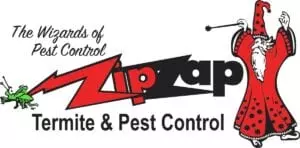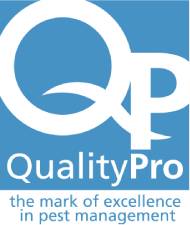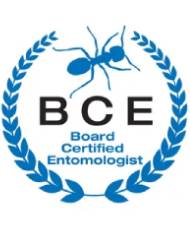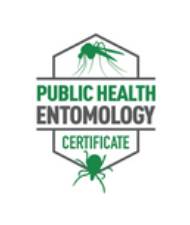Urbanization and the Rise of Structural Pest in the US
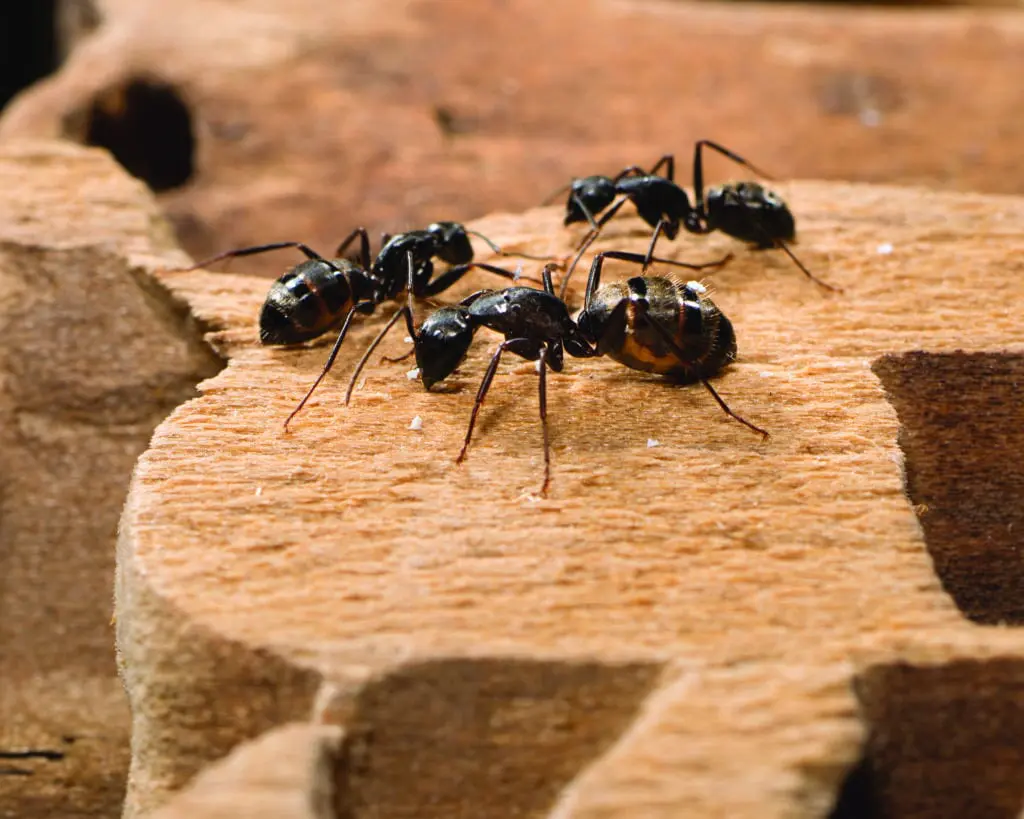
Urban Jungle: How City Living Fuels the Rise of Structural Pests Jeffery Preece BCE, PHE
The United States has seen a dramatic shift towards urbanization in recent decades. As cities grow denser and populations concentrate, we’re not the only ones moving in. Unfortunately, structural pests like rodents, insects, and wildlife also find our buildings and infrastructure the perfect habitat.
Why Cities Attract Pests
- Food, Water, and Shelter: Cities offer various resources, including food processing plants and restaurants. Residential areas also provide an abundance of food sources. Dense vegetation allows pests to thrive, and leaky pipes and standing water can contribute immensely to insect attraction.
- Ideal Hiding Spots: The proximity of buildings, interconnected infrastructure (like sewer systems), and cluttered environments provide insects with plenty of places to hide and breed.
- Human Activity: Our habits inadvertently contribute to pest problems. Improper waste disposal, leaving food out, and neglecting building maintenance are among the causes.
The Most Common Culprits
- Rodents: Rats and mice are known for their adaptability and ability to spread diseases. They can squeeze through tiny openings and quickly infest buildings.
- Cockroaches: These abundant insects thrive in warm, damp environments. They also contaminate food and trigger allergies in people.
- Termites: These insects destroy in silence. They can quickly destroy the structural integrity of buildings, causing costly damage. They can do this without your knowledge.
- Bed Bugs: Bed bugs have become a big concern in urban areas. They are challenging to eradicate and can cause considerable discomfort.
The Impact of Urbanization
- Increased Infestations: Pests spread rapidly due to denser populations and interconnected buildings.
- Public Health Risks: Insects and rodents threaten public health by carrying diseases, contaminating food, and triggering allergies.
- Economic Costs: Pest infestations can damage property, business disruptions, and costly pest management efforts.
What Can We Do?
- Proper Sanitation: Maintain cleanliness, dispose of waste properly, and eliminate food and water sources.
- Building Maintenance: Address any structural issues that could provide entry points for pests. Properly fix any and all leaks and openings in the structure and seal cracks around it.
- Professional Pest Management: It is important to seek advice from a reputable pest management company for regular inspections and preventative treatments.
- Community Awareness: Educating homeowners and businesses about insect and rodent prevention and control is essential.
Conclusion
As U.S. urbanization continues, the challenges we face with structural pests will only increase. By understanding which factors contribute to pest problems and taking the necessary measures, we can create healthier and more sustainable urban environments for ourselves and future generations.

Jeffery Preece, BCE, PHE
Jeffery Preece is the Owner and Technical Director of ZipZap Termite & Pest Control for over 32 years.
